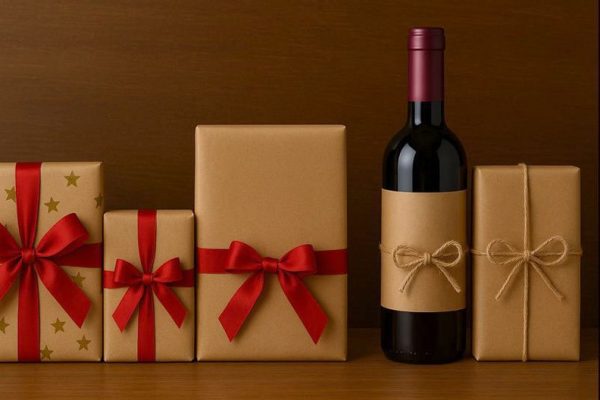
In the UK, we’re fortunate to have an extensive range of available wines. However, there’s a shortage of resources dedicated to people purchasing from UK supermarkets, specialist wine shops, clubs/societies, UK vineyards and wine bars.
Whilst Decanter is a prominent resource, it mainly focuses on high end wines, many of which aren’t easily available. There’s also Wine Spectator and Wine Enthusiast but they are USA-centric and also mainly cover high end wines. The majority of personal wine blogs have become neglected and abandoned by their authors and those that have survived are USA-centric and/or behind paywalls.
I mainly concentrate on wines that are financially and physically accessible and drinkable now. Financial accessibility is obviously a personal thing but for me this means wines below about £15 a bottle for everyday wines and £50 for a special occasion premium wine, Champagne or English Sparkling. Nevertheless, I sometimes try much more expensive wines if only to calibrate my expectations. In terms of physical accessibility, the majority of the wines I mention are available in either supermarkets, wine shops online, specialist stores or on-trade (hospitality venues).
I initially created this website as a hobby project and continue to maintain it for ongoing learning, enjoyment and the thrill of discovery, not for income. I am deeply interested in the world of wine. Over decades, I’ve enrolled in many wine courses, attended numerous tastings and visited a variety of vineyards in the UK and overseas.
The reviews and past tastings describe wines I have tried and most worth mentioning, while the picks list the ‘affordable’ ones I like the most, in a searchable and sortable database. The what to buy section provides further sources of third party recommendations. I also uncover the best supermarket offers. It’s worth reading Understanding and Using Wine Ratings to better understand my and others’ perspectives.
There are no affiliate links nor Google AdSense advertising on this site or social. I don’t get paid for anything you end up buying. I don’t get paid to post or review. While this has sometimes been offered, it’s not my thing, as I believe it would distort what I would be expected to convey. I receive samples from companies and attend tastings, but my reviews remain the same regardless of whether I have purchased the wine myself.
While you are welcome to follow me on social media through the links at the top right, my main focus is on sharing content here on this website rather than on social platforms.
Simon Judge, Woking, Surrey, UK.
Contact me













